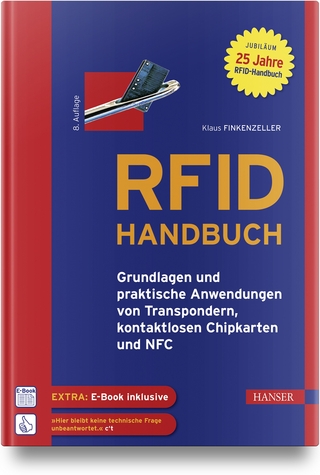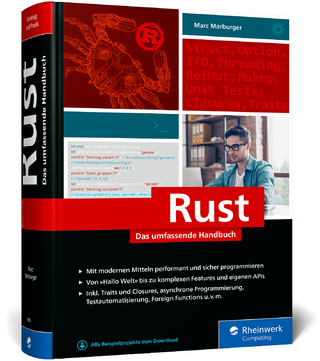
Languages for Digital Embedded Systems
Seiten
2000
Springer (Verlag)
978-0-7923-7925-6 (ISBN)
Springer (Verlag)
978-0-7923-7925-6 (ISBN)
Appropriate for use as a graduate text or a professional reference, Languages for Digital Embedded Systems is the first detailed, broad survey of hardware and software description languages for embedded system design.
Instead of promoting the one language that will solve all design problems (which does not and will not ever exist), this book takes the view that different problems demand different languages, and a designer who knows the spectrum of available languages has the advantage over one who is trapped using the wrong language.
Languages for Digital Embedded Systems concentrates on successful, widely-used design languages, with a secondary emphasis on those with significant theoretical value. The syntax, semantics, and implementation of each language is discussed, since although hardware synthesis and software compilation technology have steadily improved, coding style still matters, and a thorough understanding of how a language is synthesized or compiled is generally necessary to take full advantage of a language.
Practicing designers, graduate students, and advanced undergraduates will all benefit from this book. It assumes familiarity with some hardware or software languages, but takes a practical, descriptive view that avoids formalism.
Instead of promoting the one language that will solve all design problems (which does not and will not ever exist), this book takes the view that different problems demand different languages, and a designer who knows the spectrum of available languages has the advantage over one who is trapped using the wrong language.
Languages for Digital Embedded Systems concentrates on successful, widely-used design languages, with a secondary emphasis on those with significant theoretical value. The syntax, semantics, and implementation of each language is discussed, since although hardware synthesis and software compilation technology have steadily improved, coding style still matters, and a thorough understanding of how a language is synthesized or compiled is generally necessary to take full advantage of a language.
Practicing designers, graduate students, and advanced undergraduates will all benefit from this book. It assumes familiarity with some hardware or software languages, but takes a practical, descriptive view that avoids formalism.
1 Language Basics.- 1.1 Specification versus Modeling.- 1.2 Concurrency and Sequentiality.- 1.3 Nondeterminism.- 1.4 Communication.- 1.5 Hierarchy.- 1.6 The Languages in this Book.- 1.7 Choosing a Language.- 1.8 Exercises.- I Hardware.- 2 Hardware Basics.- 3 Verilog.- 4 VHDL.- II Software.- 5 Software Basics.- 6 Assembly Languages.- 7 The C Language.- 8 C++.- 9 Java.- 10 Operating Systems.- III Dataflow.- 11 Kahn Process Networks.- 12 Synchronous Dataflow.- IV Hybrid.- 13 Esterel.- 14 Polis.- 15 SDL.- 16 SystemC.- 17 CoCentric System Studio.- Internet Resources.- Acronym Glossary.
| Reihe/Serie | The Springer International Series in Engineering and Computer Science ; 572 |
|---|---|
| Zusatzinfo | XVIII, 306 p. |
| Verlagsort | Dordrecht |
| Sprache | englisch |
| Maße | 155 x 235 mm |
| Themenwelt | Mathematik / Informatik ► Informatik ► Programmiersprachen / -werkzeuge |
| Technik ► Elektrotechnik / Energietechnik | |
| ISBN-10 | 0-7923-7925-X / 079237925X |
| ISBN-13 | 978-0-7923-7925-6 / 9780792379256 |
| Zustand | Neuware |
| Haben Sie eine Frage zum Produkt? |
Mehr entdecken
aus dem Bereich
aus dem Bereich
Das Handbuch für Webentwickler
Buch | Hardcover (2023)
Rheinwerk (Verlag)
CHF 69,85
Grundlagen und praktische Anwendungen von Transpondern, kontaktlosen …
Buch (2023)
Hanser (Verlag)
CHF 125,95


